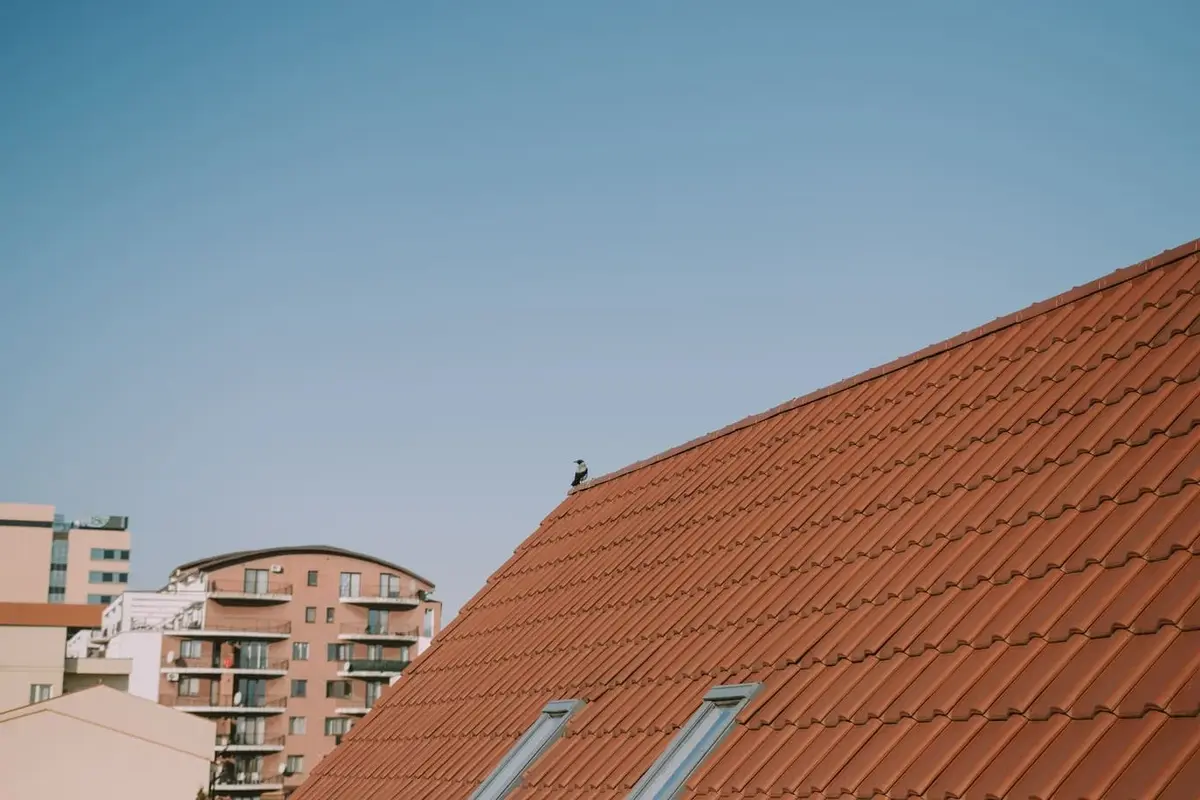Roofing
3 Surprising Ways Your Roof Impacts Energy Costs

Did you know your roof directly influences your utility bills? Understanding how your roof affects energy costs can lead to major savings.
1. Better Insulation and Ventilation Make a Big Difference
Keep Your Home Comfortable and Efficient
Upgrading your roof often includes improved insulation and ventilation. These updates help regulate temperatures inside your home efficiently.
Modern roofing materials reduce heat transfer between your attic and living spaces. This means your HVAC system works less all year long.
In warm climates, like Texas or Arizona, this can significantly lower your energy bills during summer and winter. The benefits are immediate.
Over time, old roofs lose effectiveness due to wear and tear. Cracked materials let heat escape or enter, making indoor temperatures unstable.
Adding proper insulation and a well-designed ventilation system strengthens your roof’s thermal performance. You get more comfort and savings.
Additionally, many of these upgrades qualify for energy-efficiency rebates or tax incentives. That’s another reason to consider an upgrade now.
2. Roof Color Impacts Heat Absorption
Choose Shingle Colors That Reflect Rather Than Absorb Heat
Color isn’t just cosmetic—it affects how your roof handles heat. Dark roofs absorb heat, while lighter ones reflect sunlight effectively.
Lighter roofing materials can reduce attic temperatures by 20 to 30 degrees on hot days. That directly reduces air conditioning needs.
A real-world test showed a 21% decrease in one homeowner’s summer energy bill—just by switching to a light-colored roof.
Homeowners in sunny regions see the most dramatic differences. A cooler attic means your cooling system doesn’t run as frequently.
When planning a roof replacement, choose energy-smart colors to reduce energy use and maximize return on your investment.
3. Reflective Roofing Materials Reduce Heat Gain
Cool Roofs Keep Homes Cooler in Warm Climates
New roofing technologies use materials that reflect solar radiation. These cool roofs can drastically reduce heat absorption in your attic.
Options include reflective shingles, coated metal roofs, or special tile roofs. All help minimize how much heat your home takes in.
For example, metal roofs with reflective coatings can deflect up to 90% of solar heat. That reduces surface temperatures significantly.
As a result, you need less air conditioning to maintain indoor comfort. Less energy use means lower bills and a smaller carbon footprint.
Homeowners using reflective materials have reported energy savings of 40% or more during hot seasons. That’s a serious return on investment.
Cool roofs also last longer due to reduced thermal stress, making them a practical and smart long-term decision for any homeowner.
How Your Roof Affects Energy Costs Over Time
These upgrades show how your roof affects energy costs in multiple ways. Whether you improve insulation or use reflective materials, each change matters.
Even small decisions—like shingle color or attic ventilation—can add up to big financial savings over time. These upgrades boost comfort too.
More importantly, energy-efficient roofing contributes to a greener, more sustainable home. That’s something both homeowners and buyers appreciate.
Final Thoughts: Make Energy Efficiency a Roofing Priority
Your roof does more than protect against the weather. It plays a critical role in managing energy use and indoor climate control.
Before your next roofing project, think about how your roof affects energy costs and choose materials that pay you back over time.
Want to Learn More About Smart Home Upgrades?
Explore more news and expert tips on our website to keep your home energy-efficient and wallet-friendly year-round.
